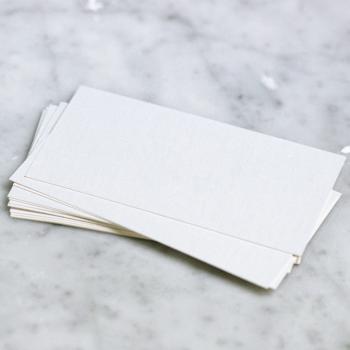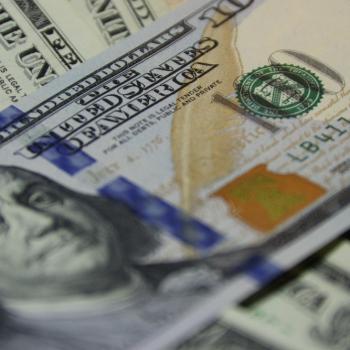Building an emergency fund is one thing; keeping it intact and fully funded is quite another. There are a number of reasons why this is a problem. Overusing your emergency fund is one of the biggest. There are challenges that come with an emergency fund, and you’ll have to be resolute in your decision and efforts to keep it intact.
Here’s how . . . .
1. Draw a sharp line between real emergencies and imagined ones.
Overusing your emergency fund will quickly drain it. To avoid that fate, you have to draw a sharp line between real emergencies and situations posing as emergencies.
That means defining what is an emergency is and what it’s not. It’s pretty safe to say that the loss of a job, or a large unexpected and uncovered medical bill fit the description of legitimate emergencies. But raiding your emergency fund to pay for a routine car repair bill completely invalidates the purpose of the account.
You may want to consider creating a short list of emergencies, and posting it someplace obvious to reinforce the fund’s purpose. If your reason for wanting to withdraw funds from the account is anything other than what you have on your list, then the account must automatically be off limits.
2. Set up an account to handle predictable expenses.
Imagined emergencies are, very loosely, completely predictable expenses that you haven’t budgeted for. But those are not true emergencies. Because you know that they are coming, you can prepare for them – and you should.
Once you have an emergency fund established, and you have a sufficient amount of money in the account, the next step should be to set up a second account in which you will begin funding expected expenses. Some of these expenses should include:
- Routine car repairs.
- Eventual replacement of your roof and heating and air conditioning units.
- An amount sufficient to cover the deductibles on your medical and auto insurance policies.
- Education expenses for your children.
- Your upcoming vacation.
- Any other predicable expense that will require a large outlay of money.
The point is that if an expense is predictable, it isn’t an emergency. You should be prepared for any expense that you know is coming. You can do this with a dedicated account that you might even refer to as your “budget for anticipated expenses” account, or any other title that will make it’s purpose completely obvious.
3. Avoid debt – it reduces future cash flow and creates emergencies.
As a way to avoid raiding an emergency fund, many will use credit cards as a substitute cash source. This can be tempting, and it certainly will preserve your emergency fund for another day. But it’s doing something else that will undermine the whole purpose of your emergency fund.
Using credit cards will increase future obligations, which will eventually result in more “emergencies.”
That kind of strategy is completely counterproductive to your emergency fund. In fact, the opposite should be true – once you establish an emergency fund, you should be less reliant upon credit, and in a better position to begin paying off debt on a permanent basis.
4. Increase your emergency fund continually.
Think of your emergency fund as being like an airplane – if it fails to move forward, it will eventually crash and burn.
There are several reasons why this will happen. You will have emergencies that will require you to withdraw money from the account. If you don’t replace that money, your fund will eventually be drained and completely worthless. Yet another consideration is the relentless increase in the cost of living. A $5,000 emergency fund today, will likely be completely inadequate in five or 10 years.
The best way to avoid these problems is to have a systematic plan to replenish your emergency fund. Since emergencies tend to be large and will remove a big chunk of your savings quickly, you should be replenishing your emergency fund on a regular basis.
Think of your emergency fund contributions as being like paying a bill – you must pay it every month, and you must pay a certain minimum amount. By adding $100 or $200 to the fund each and every month, you’ll be in a position to restock the account even after a costly emergency hits. And then you’ll be ready for the next one!
What do you do to avoid overusing your emergency fund? Leave a comment!










